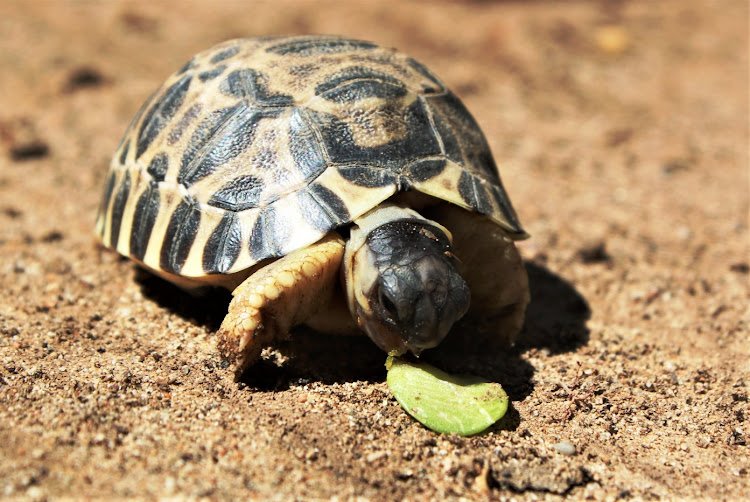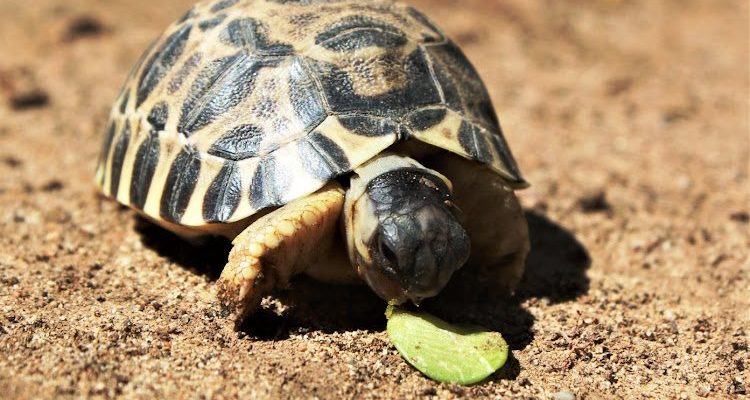
Let’s dive into the world of tortoises and explore why some species are endangered, what’s threatening their survival, and the important conservation efforts underway to ensure they don’t vanish from our planet. If you’re thinking about how to contribute to the cause or just want to learn more about these fascinating reptiles, you’ve come to the right place.
Understanding Endangered Tortoises
When we say a species is endangered, it typically means that it’s at risk of extinction. For tortoises, this status can be due to various reasons, like habitat destruction, poaching, or climate change. Some species are particularly vulnerable because they’re found in limited areas or have low reproductive rates. Imagine having a tiny island of a habitat for a group of animals—if something happens to that island, the entire population is at risk.
Tortoises are divided into many species, but not all of them face the same threats. For instance, the Galápagos tortoise, once nearly wiped out due to over-exploitation, has made a substantial comeback thanks to intense conservation efforts. On the other hand, the Seychelles giant tortoise is still battling against habitat loss and invasive species. It’s like a game of chess: every move can make a difference, and the stakes are incredibly high.
Common Threats to Tortoise Populations
Several key factors threaten tortoise populations globally:
- Habitat Loss: Urbanization and agricultural expansion often lead to the destruction of natural habitats where tortoises live.
- Poaching and Illegal Trade: Tortoises are often hunted for their meat, shells, and as exotic pets, putting immense pressure on local populations.
- Climate Change: Shifting weather patterns can affect tortoise breeding and food availability, disrupting their delicate life cycles.
- Invasive Species: Non-native animals and plants can compete for resources, making it harder for tortoise populations to thrive.
These threats are serious and often interconnected. For example, when habitats are destroyed, tortoises may be forced into areas where they face competition from invasive species or human activity. It’s a tough world out there for these reptiles, and we need to pay attention.
Notable Endangered Tortoise Species
Some tortoise species have captured the world’s attention due to their precarious status. Here are a few noteworthy examples:
- Galápagos Tortoise: Once on the brink of extinction, this iconic tortoise has rebounded, but it remains vulnerable.
- Chinese Softshell Tortoise: Critically endangered, this species struggles against habitat loss and pollution.
- Hawksbill Sea Turtle: While not a tortoise, its plight mirrors that of tortoises, facing threats from poaching and climate change.
The stories of these tortoises are a reminder of how fragile life can be. They are often symbols of resilience, yet the challenges they face are daunting. By learning about these species, we can better understand the stakes involved in their conservation.
Conservation Efforts and What You Can Do
Conservation organizations around the world are working tirelessly to protect tortoises. They implement various strategies, including:
- Habitat Restoration: Efforts to restore and protect natural habitats are vital for tortoise survival.
- Legal Protections: Implementing laws against poaching and trade helps keep wild populations safe.
- Breeding Programs: Captive breeding can help bolster numbers for species on the brink of extinction.
You might be wondering how you can get involved. Here are a few simple actions that make a difference:
1. Educate Others: Share information about endangered tortoises with friends and family.
2. Support Conservation Organizations: Consider donating to or volunteering with groups focused on tortoise conservation.
3. Sustainable Practices: Practice sustainability in your daily life, reducing pollution and habitat destruction.
Every little bit helps, and by coming together as a community, we can make a significant impact.
The Role of Zoos and Aquariums
Zoos and aquariums play a critical role in tortoise conservation. These institutions often participate in breeding programs and research initiatives. For example, they may house endangered species to help with population recovery. Visitors can learn about these tortoises, creating awareness and fostering a sense of responsibility.
By providing a safe haven, zoos and aquariums not only protect tortoises but also educate the public about the importance of conservation. This educational aspect is key to fostering future generations who care about wildlife and their habitats.
Success Stories in Tortoise Conservation
It’s not all doom and gloom! There are many success stories in tortoise conservation that inspire hope. One of the most famous is the case of the Galápagos tortoise. Thanks to conservation efforts, their populations have rebounded significantly. Programs focused on breeding and habitat restoration have shown that with dedication, recovery is possible.
Another example is the Seychelles tortoise, which faced near extinction but has seen population increases due to focused conservation actions. These successes remind us that progress is possible when we prioritize wildlife protection.
As we’ve explored, the question of whether tortoises are endangered is not simply black and white. Many species are under serious threat, while others are making a comeback thanks to concerted efforts. It’s essential to remember that every little action we take has the potential to create a ripple effect.
So, whether you’re contributing to local conservation efforts, spreading awareness, or simply appreciating these unique creatures, you’re part of the solution. Tortoises may be slow-moving, but the pace of change can be quick—especially when we all work together. Let’s ensure we protect these incredible reptiles for future generations to admire and learn from.

